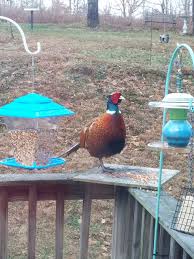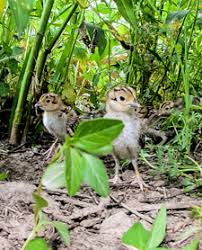by Doug Becker

Like the Grouse and Partridge, Ring-necked Pheasants are a game bird. They were brought from China and east Asia, via British Game Farms, for sport in the late 1800s and were immediately successful at making home in the U.S. Today, Ring-necked Pheasants are common throughout the midwest, southern Canada, parts of New England, and in parts of the western states. South Dakota is proud to call these beautiful foreigners their state bird.
Both males and females are strikingly beautiful, though quite different from each other. Males are large with a long neck and very long tail. Their head is iridescent green, their face is bright red, and they have a flashy white ring around their neck. Their body and wings are copper brown with some white spots and black checks. This is a bird of distinction. The female is all buffy brown with large black checks down her back and wings, and her tail is much shorter than her dramatic mate’s.
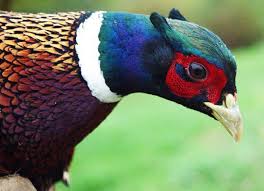

Ring-necked Pheasants are most commonly seen in agricultural fields where seeds of various sorts and bugs and insects are plentiful. These birds nest on the ground by hedgerows, swampy areas, ditches, and the edge of forests and fields. Though they feed mostly on the ground, they will perch in trees yielding berries and fruits. Feeders will bring these beautiful birds to your yard if you have open fields nearby. Seeing these Ring-necked Pheasants at the backyard feeder would be a real experience for most of us birders!
Even with the bright colors and large size of the Ring-necked Pheasant, these bird’s camouflage make them nearly impossible to see. Their nests are well hidden, so when approached, there is a sudden explosion of strong wingbeats that brings the bird straight up in the air before he flies off to another location. For hunters, this is called “flushing.” To be able to fly straight up takes a great deal of strength in their breast muscles which makes them a prize at the dinner table. Even with such power, their flight is seldom more than two hundred feet.
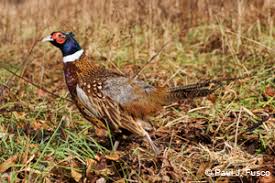

Pheasants don’t migrate, but they do change locations as seasons and food sources change. They brood 1-2 times per year with a grand clutch size of 7-15 eggs! The chicks hatch in just less than a month, and join the world covered with “fur” and with eyes wide open. Even more, they immediately follow their mother out of the nest and begin to feed in the grasses. Not much baby sitting for these guys! Seems with a clutch of up to 15, their population numbers would steadily increase. However, like so many bird species, from 1966 to 2014 their numbers have decreased by 32%. Today, their overall breeding population is estimated at about 50 million.
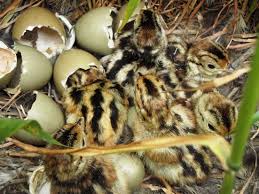

My father and grandfather hunted pheasants when I was a kid. My brother and I would keep the beautiful, long tail feathers. The following dinner included all of the family at the formal dining table, and, of course, pheasant for all. The only issue, as I recall, was finding lead shotgun pellets in the main event! Oh well. That was a long time ago.

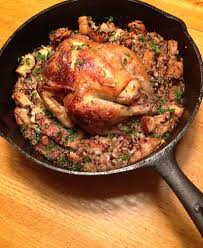
The Ring-necks are out there. They’re in the fields all around us. You don’t need a shotgun to enjoy flushing these beautiful pheasants. You don’t even need high-powered binoculars when they explode into the air close to where you’re walking. This can be a sudden surprise for even the experienced birder. So, let’s head for the fields and find the beautiful Ring-necked Pheasants. We’ll see you out there!



